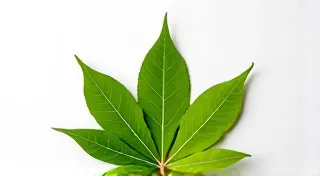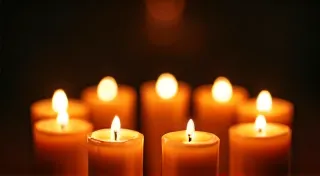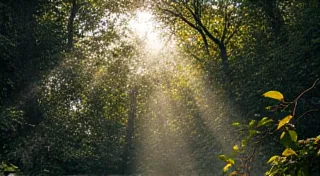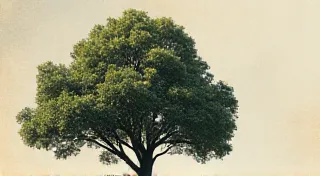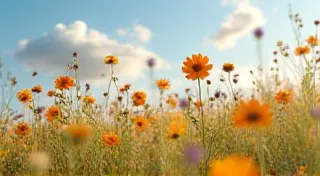Beyond Utility: The Decorative Flourishes of Regional Weaving
Weaving, at its core, is about necessity. For millennia, humankind has intertwined fibers – plant, animal, and even mineral – to create shelter, clothing, and essential tools. But somewhere along that long and fascinating journey, weaving transcended mere function and blossomed into a vibrant art form. It’s a testament to the human spirit’s innate desire to create beauty and tell stories, transforming humble materials into tangible expressions of cultural identity. When we look beyond the practical use, the decorative flourishes of regional weaving truly reveal the artistry and heritage embedded within each piece.
My own fascination with weaving began, surprisingly, not with a loom, but with my grandmother's trunk. It wasn’t filled with silks or lace, but with a collection of intricately woven rugs and throws from the Caucasus region. Each piece told a silent story of generations past, a tapestry of symbols and motifs that I couldn't quite decipher. The colors, though faded with time, retained a captivating richness, and the textures – the subtle variations in knot density, the deliberate imperfections – spoke of a deep connection to the earth and the hands that had crafted them. That trunk, and the stories those rugs whispered, ignited a lifelong quest to understand the world of regional weaving.
The Language of Motifs: Decoding Regional Narratives
Regional weaving patterns are rarely arbitrary. They are carefully constructed visual languages, conveying cultural beliefs, historical events, and social hierarchies. The symbolism woven into these textiles can be incredibly complex, often drawing from folklore, religious iconography, and natural phenomena.
Consider, for example, the Kilim rugs of Turkey and Iran. While seemingly simple in design, many Kilim motifs carry profound meaning. The diamond, a common element, often represents fertility and the female principle. Stylized animal figures – eagles, gazelles, and lions – symbolize strength, freedom, and courage. Geometric patterns, like the 'Elibeladi' design, are believed to ward off evil spirits and bring good fortune. Understanding these symbols isn’t merely about appreciating the aesthetic beauty; it's about unlocking a deeper understanding of the culture that produced them.
In Andean weaving traditions, particularly in Peru and Bolivia, textiles held immense social and religious significance. 'Pukao' designs, resembling stylized human heads, often adorn ceremonial garments, representing ancestral spirits and authority. The colors themselves were also imbued with meaning – red for power and vitality, yellow for gold and the sun, and black for the earth and the underworld. The skill and artistry of a weaver were often used to determine her status within the community. The most skilled weavers were highly respected, their creations highly prized.
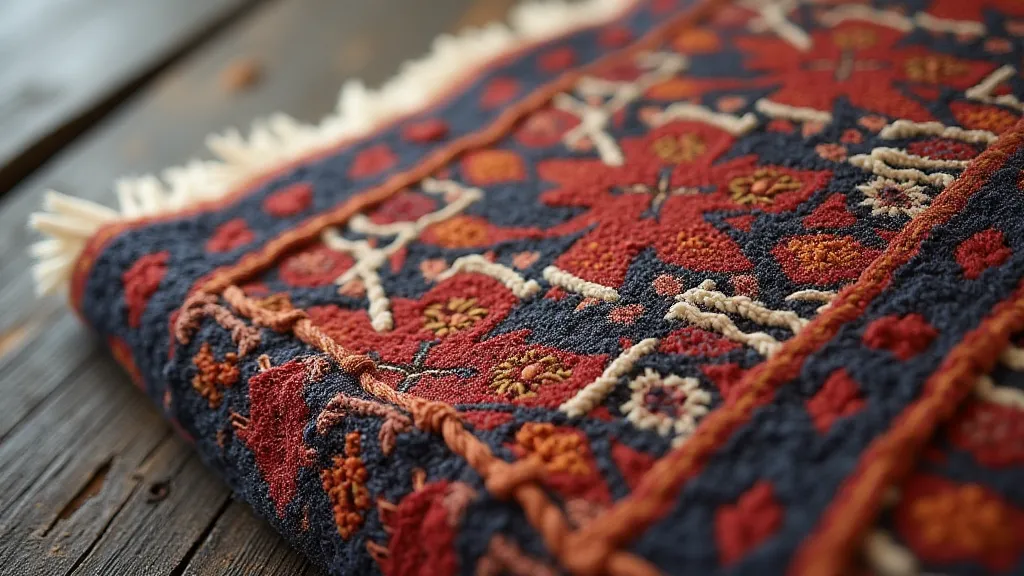
The Influence of Environment and Availability
The materials available to a weaving community profoundly influence the style and aesthetic of their textiles. In regions where sheep are abundant, wool becomes the primary fiber. In coastal areas with access to flax or hemp, linen and ramie are used. The dyes, too, are often derived from local plants, insects, and minerals.
The vibrant indigo blues of West African Kente cloth, for instance, come from the indigo plant, a crop historically significant to the region. The rich earth tones of Navajo rugs in the American Southwest reflect the landscape’s palette, often incorporating shades of brown, red, and ochre derived from natural dyes. The scarcity or abundance of certain materials, coupled with local traditions, created unique weaving styles and color palettes that differentiate one region from another.
Consider the differences between the coarse, resilient wool rugs of Scandinavia, designed to withstand harsh winters, and the lighter, more delicate silk shawls of Kashmir, perfect for warmer climates. Each textile speaks volumes about the environment in which it was created and the needs of the people who relied upon it.
Craftsmanship: The Human Touch in Every Fiber
The enduring appeal of regional weaving lies not only in its beauty but also in the palpable sense of craftsmanship that permeates each piece. These aren't mass-produced commodities; they are the product of countless hours of dedicated labor, passed down through generations. The imperfections – the slight variations in tension, the occasional dropped stitch – are not flaws; they are testaments to the human touch, reminders that a skilled artisan created each piece.
Traditional weaving techniques, often involving complex looms and specialized knotting patterns, require years of practice to master. The skill of a weaver isn't merely about manipulating fibers; it’s about understanding the nuances of the materials, the loom, and the design itself. The ability to consistently create a balanced, even weave, free from flaws, is a mark of exceptional artistry. Observing a master weaver at work is a mesmerizing experience – a dance of hands and fibers, resulting in a tangible work of art.
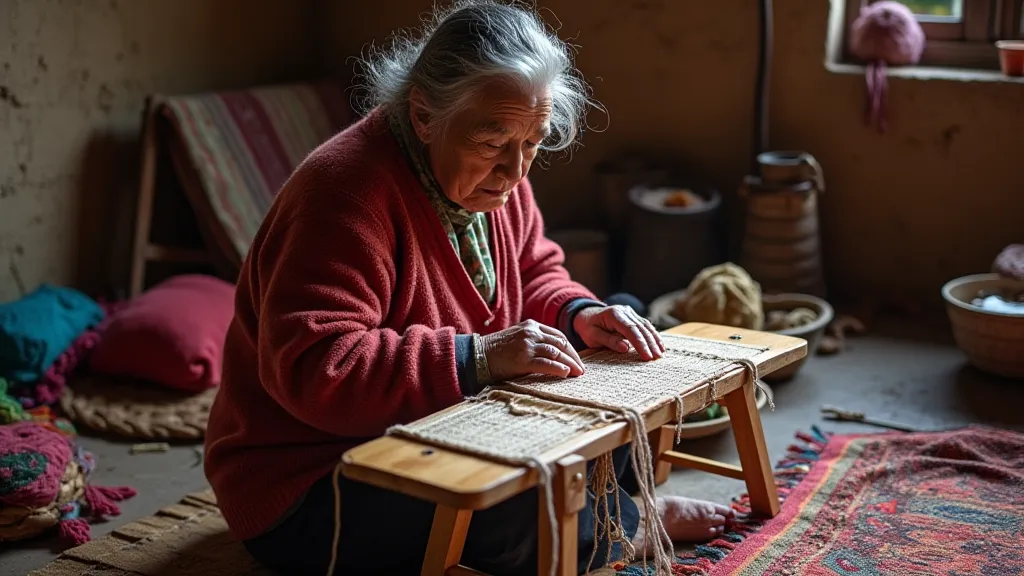
Collecting and Preservation: Protecting a Living Heritage
As interest in regional weaving grows, so does the demand for authentic pieces. However, it's important to approach collecting with knowledge and respect. Be wary of reproductions and mass-produced items. Look for signs of handcraftsmanship – the unevenness of the weave, the subtle variations in color, the presence of imperfections.
When acquiring a piece of regional weaving, try to learn as much as possible about its origins and history. Understanding the cultural significance of the design and the techniques used adds immeasurably to the appreciation and value of the textile. Supporting reputable dealers and artisans who prioritize authenticity and ethical practices is crucial to preserving this living heritage.
Restoration, when undertaken, should be done with sensitivity and respect for the original materials and techniques. Minimal intervention is always preferable, preserving the textile's age and history. While cleaning and repairing minor damage is acceptable, drastic alterations can compromise the integrity of the piece.
Beyond personal collection, supporting weaving cooperatives and artisan communities in developing countries is another way to contribute to the preservation of regional weaving traditions. These initiatives provide sustainable livelihoods for weavers and help to ensure the continuation of their cultural heritage for generations to come.
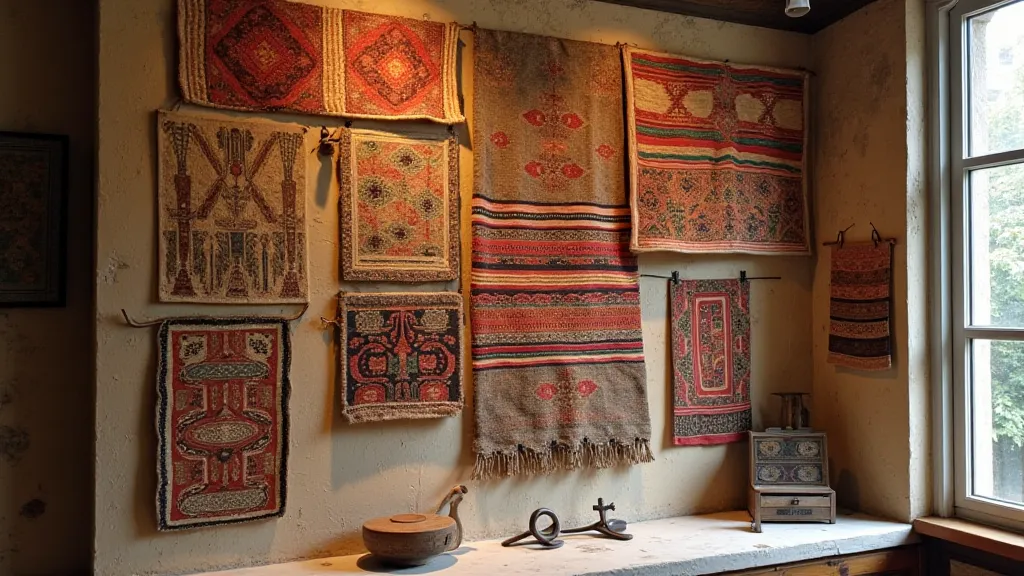
The decorative flourishes of regional weaving are more than just pretty patterns; they are windows into the soul of a culture. They tell stories of resilience, creativity, and the enduring human desire to create beauty in a world often marked by hardship. By appreciating these intricate textiles, we gain a deeper understanding of the people who created them and the rich tapestry of human history.
